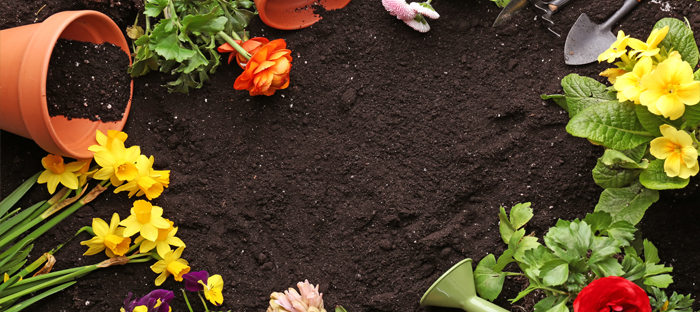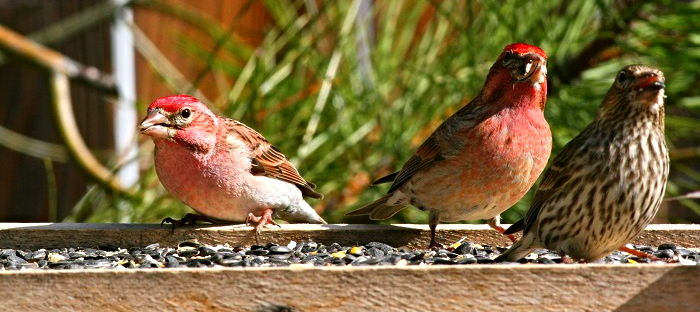Fertilizing flower gardens involves more than simply throwing fertilizer in the air. You can feed your flower garden in a safe and effective way.
When fertilizing new plants, some gardeners know precisely what they should do. Some gardeners fertilize their garden beds regularly. Depending on how you fertilize, there may be times when you are over- or under-fertilizing. Here are some tips on how to fertilize your garden safely. Improper fertilization of your garden can cause problems for your plants and flowers, as well as fertilizer runoff which can affect your local water supply.
Test your soil
Fertilizing soil by throwing fertilizer in your garden beds is not the safest or best way. It is best to test your soil before you do anything else. You may discover that your soil is already rich in nutrients or needs only a specific fertilizer.
You can purchase soil testing kits at your local DIY or garden center. These kits will help you to collect soil samples and test them. To get the right results, following the instructions carefully is crucial.
Many people don’t feel comfortable performing these tests themselves or, for whatever reason, are uninterested. You can send soil samples to a professional laboratory for testing. Many universities, extension offices, and professional gardening groups offer this service for a small fee. You’ll be given instructions on collecting samples and sending them to the lab for testing.
General Fertilizer Versus Specific Fertilizer
Gardeners can feed their plants with a variety of plant foods. Most fertilizers are only needed if you want to. Remember that some plants, like azaleas and blueberries, will do better using a specific fertilizer. They prefer acidic soils and have different needs than other plants. If your soil has the right pH level, you can still use an all-purpose fertilizer to help your plants thrive.
When choosing a fertilizer, you should consider using a balanced product with a good amount of nitrogen, potassium, and phosphorus. Using a high amount of fertilizer can lead to fewer flowers on your flowering plants despite the fact that your leaves look great.
Plant Lifecycle
Remembering the current phase of the plant’s life cycle is essential. When your plant is growing or flowering, it needs more energy. Applying fertilizer before this happens is very beneficial. You can add granular fertilizer to the soil before planting in spring or fall. If your plants are already established, liquid fertilizer is the best option.
Perennial Needs
Your soil may determine that you don’t need to fertilize many perennials. Many perennials only need fertilizer in the spring, just before or during the new growth.
This rule does not apply to all perennials. Daylily and tall Phlox benefit from spring fertilization. However, they can be fertilized again once they have bloomed. This extra fertilization can be done using a product that releases slowly, completed in one feed. You can also use the side-dress method. You can also use the side-dress form. Apply the recommended amount to the root zone of your plant. The fertilizer should not touch the plant, or it could burn the plant.
Avoid fertilizing perennials later in the year. Fertilizers applied in late summer or early autumn can lead to the plant producing more tender shoots, which are more vulnerable to cold weather damage.
Compost Help
Compost can be an excellent way to add nutrients to your soil without needing to fertilize it as frequently. Every year, add about one inch of compost around your garden beds. This compost will decay into the ground over the year and enrich with nutrients without adding commercial fertilizer. If you are using compost, test the soil before adding additional fertilizer.
You can use these tips to fertilize your flowers and plants to make the most of your efforts without worrying about the adverse effects of improper fertilization. You should always test your soil to see what it needs and keep your plant’s specific needs in mind when creating your fertilization schedule.



